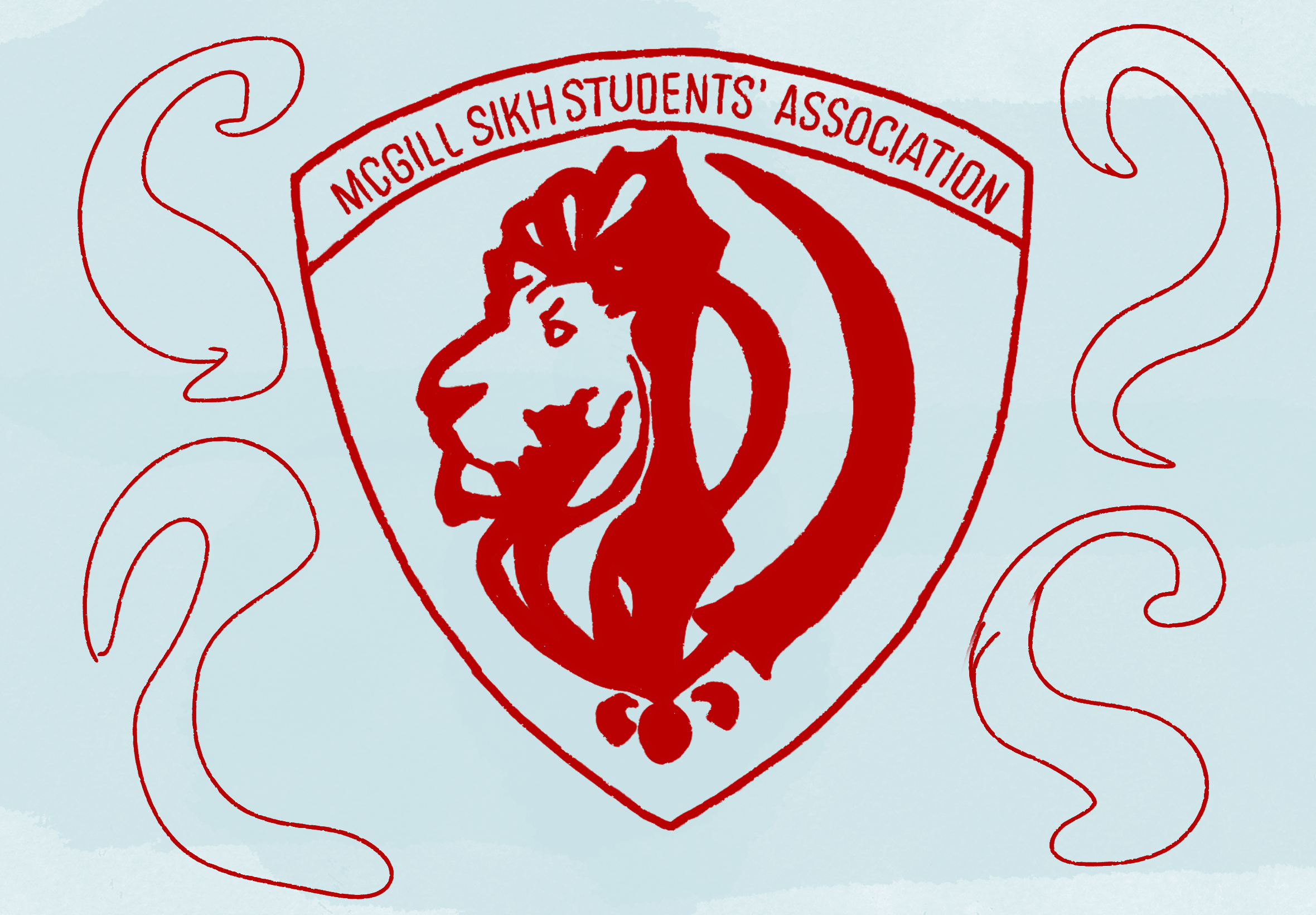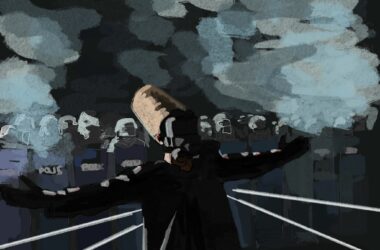
They’re called hashtags, and they’re a phenomenon that started on Twitter and are now appearing all over the Internet (and even outside, with the appearance of ‘air hashtag’ hand-signs). Before explaining what hashtags are, let’s examine the social media that started it all.
Twitter was launched in July 2006, and now, five years later, there are over two million new tweets per day, generated by 300 million users (and counting) – that’s roughly the population of the United States. According to a survey by comScore, a US-based internet marketing firm, 13.5 per cent of the Canadian population uses Twitter, almost 2 percent more than in the US.
What is it about Twitter that makes it so special? For some people, it’s the brevity of messages. For others, it’s how easy it is to follow celebrities, companies, or influential people that are otherwise aloof. Suddenly, an “@” sign is all it takes to communicate with Bill Gates, Justin Bieber, or to provide personal insight to a newspaper. In fact, according to a Pew Internet study released Nov. 15, 11 per cent of Twitter users say reading comments by politicians, celebrities, or athletes is a major reason they use social networks. In comparison, only four per cent of people who use social media outside of Twitter are interested in following celebrities.
Now that we know what Twitter is all about, we’re ready to look at the hashtag phenomenon and its implications.
Officially, hashtags are placed in front of a word (#example) and are used to create a link that enables users to search for all the posts that have used that hashtag. If you wanted to know what people are saying about #nov10 or #tarsands, all it takes is a simple search of the
hashtag to get access to any tweet about that topic. If a hashtag is used by enough people, the topic starts “trending” and appears on Twitter’s front page, giving the topic even more visibility.
Hashtags have evolved in two different directions. The first is in shaping social movements and shaping online communication. Hashtags can serve to advance, publicize, and share information in real time, which has proved useful in organizing mass movements, including the uprisings of the Arab Spring and the #occupy movement. Even #nov10 trended in Montreal, linking to an array of information— from brief accounts by those caught in the confusion outside of the James Admin building, to those providing commentary on the protest against tuition hikes. Later, with the appearance of media coverage, links toothersourcestagged#nov10 made it easy for anyone to access articles, photos, and footage of the events of the day.
Linking information with hashtags is easy, leading many news organizations to use them to publicize their content. According to a Nov. 14 study by the Pew Research Center on how media outlets use Twitter, 93 per cent of tweets link to the organization’s own site. But it can also entirely change the way we perceive news: individual journalists often re-tweet other media sources and average citizens’ tweets linked under a hashtag to promote discussion and give a snapshot of what is happening, as seen by eyewitnesses. One such journalist is Andy Carvin (@acarvin), from NPR, who last weekend retweeted hundreds of tweets on the violence in #tahrir square, illustrating the violence as seen by those involved and linking to people’s pictures and videos taken by phones, all in real time. Closer to home, journalists
and activists are using hashtags like #occupy and #OWS to link, organize and provide commentary on the Occupy Wall Street movement and many other occupy movements in North America.
But hashtags are also used “to telegraph a joke,” as described by professor of communications Jonathan Sterne. They often add humour or context to a post by taking advantage of irony to express one’s internal monologue. With hashtags, users can express thoughts in the same way people often mutter things under their breath—the word with the hashtag is either what you tell yourself, or a word that helps you categorize your problems and experiences. A popular tag for many Mcgill tweeters is #mcgillproblems. Hashtags allow users to categorize their musings and problems into categories, sometimes serious but mostoftenfunny.SamDonald,U1 environment studies and Twitter user, explained his relationship with hashtags.
“I find hashtags have become more of a universal way to make a commentary on something,” he said. “Sometimes I consider hashtags as the proverbial voice in my head talking back at me, almost like a conscience (‘Just realized I’m at the grocery store in socks and sandals, #areyoukiddingme?’)”
“Because [hashtags are] embedded in a short message with real language, [they] start exhibiting other characteristics of natural language … people start playing with it and manipulating it,” Jacob Eisenstein, a postdoctoral fellow at Carnegie Mellon University in computational linguistics told the New York Times. “[They’re like] a sort of meta-commentary, where you’ll write a message and maybe you don’t really believe it, and what you really think is in the hashtag.”








